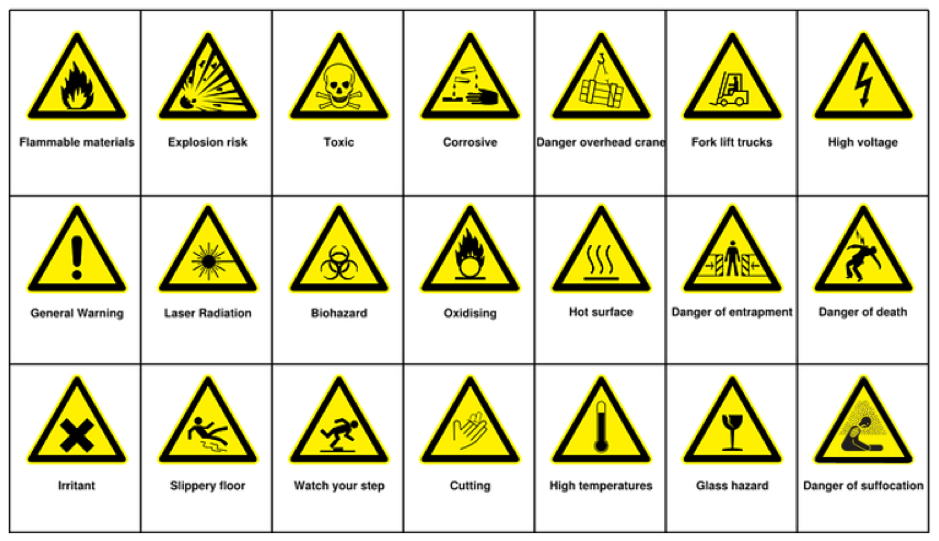
According to the Health and Safety Executive (HSE), there were 555,000 estimated non-fatal injuries to workers in 2017/2018 and 71,062 reported by employers during the same period. 420,000 of these led to injuries which required up to seven days of absence from work, and 135,000 required more than a week off.
HSE also reports, under RIDDOR in 2017/2018, slips, trips and falls on the same level accounted for 31% of reported accidents, handling, lifting and carrying 21% and 10% were caused by being struck by a moving object. Falls from height and acts of violence were also key causes.
A year previous, the total cost of workplace injuries and ill-health was reported to be £15billion, with injury contributing towards 35% of this at £5.2billion. The majority of these costs fell on individuals, but both employers and the government also felt the effect.
Overall, there has been a general downward trend in the number of self-reported non-fatal injuries over the last two decades, which is great news for health and safety and everyone affected. However, we believe these numbers could be decreased further with appropriate safety signage.
How to Prevent Slips, Trips and Falls
If you’d like to learn how to prevent slips and falls, then we have some top tips for you:
- Run a risk assessment – ask employees about known hazards and identify problem areas through hazard-spotting.
- Clearly mark hazards using appropriate signage and labels.
- Keep your premises clean and well-kept, clearing spillages asap.
- Ensure the correct protective clothing and safety footwear is worn.
- Make a record of hazards and what you have done to rectify them. Also, encourage staff to report near misses.
Please note: We always recommend referring to The Health and Safety at Work etc Act 1974, The Management of Health and Safety at Work Regulations 1999, and The Workplace (Health, Safety and Welfare) Regulations 1992 for legal guidance.
The Importance of Appropriate Signage
You may be surprised at how much impact a sign can make; in some cases, it can save a life.
In November 2018 a construction company was fined when a chauffeur fell to his death at a home that was under construction. The chauffeur stepped onto a blue tarpaulin that was placed over a void to prevent water leaking in and fell.
An investigation by the Health and Safety Executive said that the company had failed to use adequate construction site fencing and there had been no warning signs.
HSE inspector Rauf Ahmed added:
“This tragic incident could easily have been prevented. Builders need to take adequate measures to prevent unauthorised access into construction sites and prevent persons falling into open basements.”
A danger, deep excavation symbol and text safety sign could have certainly notified the deceased of the basement excavation in this case, and possibly prevented his fatal fall.
Avoid the Consequences by Utilising Safety Signage
Whether you want to notify passers-by of a wet floor or workers of excavation, we’re sure to have a suitable sign or label in our extensive range here at Label Source. Do your bit to prevent accident and injury occurring by investing in warning signs for slips, trips and falls.